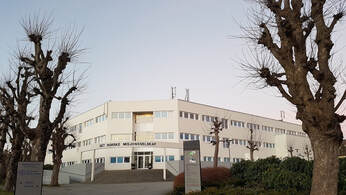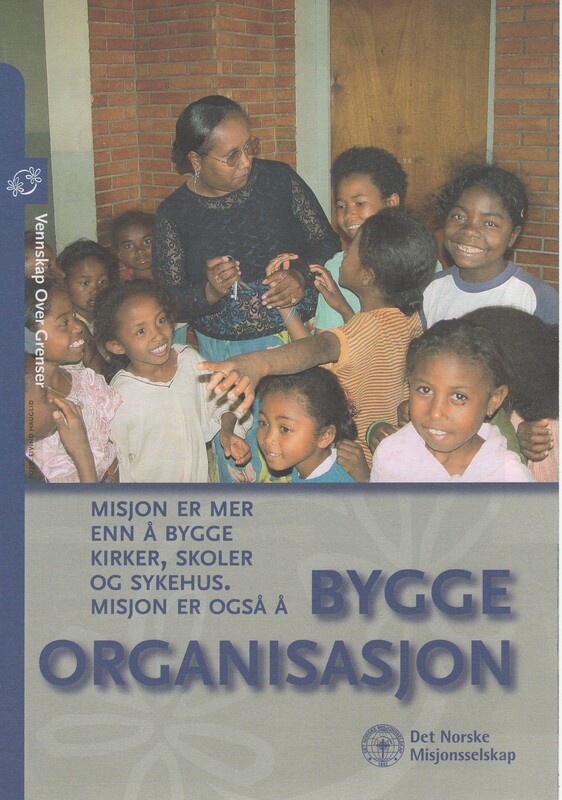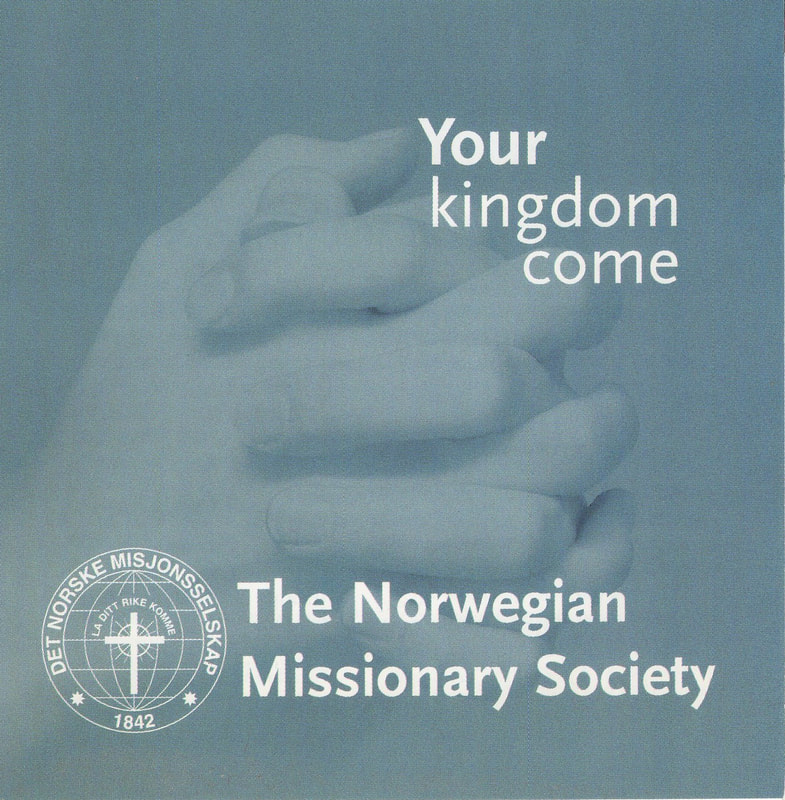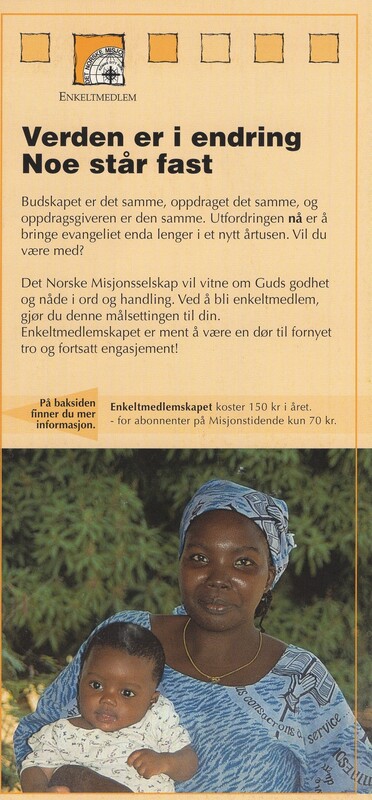Christianity, Organization, History, Gender
|
In 2003-2004 I carried out ethnographic fieldwork for a year in a faith-based non-governmental organization, the Norwegian Mission Society, based in Stavanger, Norway. This 150-year-old Christian mission and humanitarian/development organization was navigating large changes at the time, including changes in the international aid industry as well as a shift in the global "distribution" of Christians. I hope to publish more on this material in the future, especially on the question of how Christianity is "organized" in an organization; in this case, how changing knowledge practices in the institution were tied to changing practices of femininity and masculinity. For now, here are three book chapters that capture some of the stories of organizational change that people shared with me during my fieldwork:
|
|
"Who's Afraid of Religion?"
In: Development, Civil Society and Faith-Based Organizations: Bridging the Sacred and the Secular, eds. Gerard Clarke and Michael Jennings, 2008.
This chapter discusses the tensions between "mission" and "development" in the Norwegian Mission Society during my fieldwork year. At the time, some of the tax money paid by Norwegian citizens was channeled, via the Norwegian government’s bilateral aid program (NORAD), to development or aid projects in Africa and elsewhere carried out by Christian mission organizations that aim, amongst other things, to convert people to Christianity. NORAD policymakers on the whole view this funding stream as defensible as long as the specific aid projects financed through NORAD are “secular” projects and do not contain any "Christian evangelization.” The faith-based organizations (FBOs) themselves agree, and make an effort to distinguish clearly between “secular” and “Christian evangelizing” activity in their plans and budgets. But neither the development policymakers nor the FBOs seem to acknowledge how problematic it is – especially in the global South (as well as in general) – to try to draw up a clean separation between “secular” and “religious” activity, with the result that the separation, which looks easy on paper, is actually quite messy and awkward in practice. This chapter suggests that it would be both more realistic and more productive to draw on sociological and anthropological perspectives on secularism, which argue that international development is never value-neutral, that any religious (or non-religious) faith to which people commit has powerful social effects, and that it makes little sense to ignore this.
|
|
"Follow the Missionary"
In: Multi-Sited Ethnography: Theory, Praxis and Locality in Contemporary Social Research, ed. Mark-Anthony Falzon, 2009.
This book chapter discusses methodological issues tied to multi-sited ethnography. I take as my starting point the figure of "the missionary" within NMS - a complex figure that, at the start of the twenty-first century, stood at the heart of much tension and uncertainty within the organization. I explore how people who were differently "sited" within the dispersed institutional structure of NMS held different conceptions of - and relations to - "the missionary." I argue that the method of multi-sited ethnography, while not yielding a "complete" picture, brings out a partial but deeper understanding of connections and disconnections within this social group, as well as the significance of these connections and disconnections to the people concerned.
|
|
"What Do You Call the Heathen These Days?"
In: Multi-Sited Ethnography: Problems and Possibilities in the Translocation of Research Methods, eds. Simon Coleman and Pauline von Hellermann, 2011.
This book chapter also addresses methodological issues around using multi-sited ethnography, this time tied to linguistic practices. I trace some of the changing uses of mission metaphors (such as "sowing" and "harvesting") and changing uses of mission terms (such as the now outdated "heathen") across different "sites" within NMS. I argue that multi-sited ethnography, when used to understand the "spread-out" organizational landscape of an international non-governmental organization such as NMS, should not be viewed as a method that simply adds together perspectives (1 site + 1 site + 1 site = multi-sited ethnography); rather, it is a method that can help us pay attention to the site awareness of the people we study, thus changing our own perspective as researchers.
|




